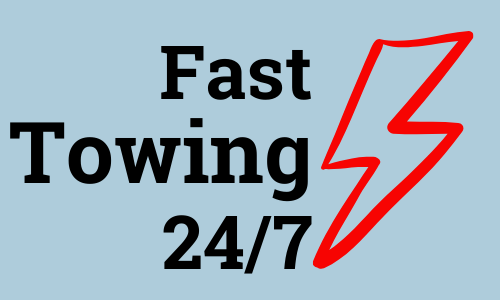OUR BLOG
dallas–(BUSINESS WIRE)–Hunt Capital Partners, in collaboration with co-developers Bonner Carrington and Sycamore Strategies, announced the closing of Cypress Creek Apartment Homes at Montfort Drive. This 168-unit affordable mixed-income housing community will introduce new quality housing options for families in Dallas. The community is comprised of a single four-story residential building complete with an attached four-story […]
By Adam Dutton via SWNS A convoy of over 200 tow trucks and recovery vehicles came together to drive down a motorway in memory of a popular mechanic following his death. Hundreds of people turned out to honor businessman David Pickering who passed away following a short battle with Covid and pneumonia earlier this month. […]
The arlington shows have seen packed crowds in an intimate venue reminiscent of the days of the dallas Sportatorium -- including a Von Erich title match. ARLINGTON, Texas — For the first time in 30 years, weekly televised pro wrestling has returned to North Texas thanks to All Elite Wrestling's "Path to All In Summer […]
dallas — First Baptist Dallas members are getting closer to returning to their downtown Dallas property after a four-alarm fire ravaged their historic sanctuary. "The Worship Center looks wonderful. I was in there yesterday, and I texted our pastor," Dr. Ben Lovvorn said. "I said the Worship Center looks, feels, and smells great." Lovvorn is […]
THE towing company that left several attendees of a Donald Trump rally without their cars was reportedly operating on a suspended license. According to a new report, Gotcha towing — a company based in North Carolina — had towed the cars from a Charlotte Dunkin' Donuts parking lot during Trump's rally at the Bojangles Coliseum on July […]
A car had to be towed off of a popular Hilton Head Island beach this weekend after getting stuck in the sand. Sunday morning, a Toyota Prius made it out in front of the Tiki Hut, on Coligny Beach, before getting caught in the sand. Eye witness, interviewed by the sheriff’s office, told investigators the […]
A transmission under production at Allison's Indianapolis plant. (Karen Kay Marlett Photography) [Stay on top of transportation news: Get TTNews in your inbox.] Record demand for Class 8 vocational trucks propelled profits and revenues at Allison Transmission Holdings higher in the second quarter of 2024. Price increases helped too, the company said, with more likely […]
Serious Eats’ menu includes pizza options. Credit: Roman Zaiets/Shutterstock. Serious Eats is set to open as grand prairie’s first food hall in Texas, offering a range of food and beverage options, Restaurant News Release has reported. Located at 2971 S. State Highway 161, within the EpicCentral entertainment complex, the micro-food hall is scheduled to open […]
HARRISBURG, PA — Attorney General Michelle Henry has secured a settlement with Walk’s Service Center Inc. and its owner, Bradley Karch, over deceptive private ticketing practices in State College. The company had been issuing private parking tickets that resembled government-issued citations, pressuring consumers to pay under false threats of prosecution or vehicle retention. The Office […]
AEW returns to eSports Stadium in arlington, Texas this evening with two back-to-back television shows. Starting things off is AEW Collision at 8/7c on TNT with Orange Cassidy vs. Johnny TV, The Beast Mortos vs. Hologram, MxM Collection (Mason Madden & Mansoor) vs. FTR (Dax Harwood & Cash Wheeler), Lio Rush vs. PAC, Thunder Rosa […]
